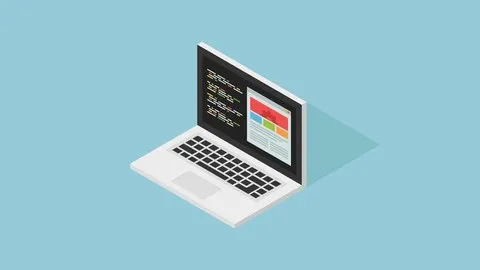
Eclipse tips and tricks 
Eclipse IDE is a powerful tool for Java development, and this article provides helpful tips and tricks to maximize its potential and speed up development. ▼
ADVERTISEMENT
Course Feature
![]() Cost:
Cost:
Free
![]() Provider:
Provider:
Udemy
![]() Certificate:
Certificate:
No Information
![]() Language:
Language:
English
![]() Start Date:
Start Date:
Self Paced
Course Overview
❗The content presented here is sourced directly from Udemy platform. For comprehensive course details, including enrollment information, simply click on the 'Go to class' link on our website.
Updated in [April 29th, 2023]
This course provides students with the opportunity to learn tips and tricks to become more productive when working with Eclipse. Students will gain an understanding of the various features of Eclipse, and how to use them to their advantage. Topics covered include shortcuts, customizing the user interface, and debugging. By the end of the course, students will be able to improve their speed and general performance when working with Eclipse.
[Applications]
At the end of the course, students should be able to apply the tips and tricks they have learned to their own Eclipse projects. They should be able to customize their workspace to their own preferences, and be able to use the various features of Eclipse to their advantage. Additionally, they should be able to use the debugging tools to identify and fix errors quickly. Finally, they should be able to use the refactoring tools to improve the readability and maintainability of their code.
[Career Paths]
1. Software Developer: Software developers use Eclipse to create, debug, and maintain software applications. They are responsible for designing, coding, testing, and debugging software applications. With the knowledge gained from this course, software developers can use Eclipse more efficiently and effectively, allowing them to develop better software applications.
2. Web Developer: Web developers use Eclipse to create, debug, and maintain web applications. They are responsible for designing, coding, testing, and debugging web applications. With the knowledge gained from this course, web developers can use Eclipse more efficiently and effectively, allowing them to develop better web applications.
3. Database Administrator: Database administrators use Eclipse to create, debug, and maintain databases. They are responsible for designing, coding, testing, and debugging databases. With the knowledge gained from this course, database administrators can use Eclipse more efficiently and effectively, allowing them to develop better databases.
4. Mobile Application Developer: Mobile application developers use Eclipse to create, debug, and maintain mobile applications. They are responsible for designing, coding, testing, and debugging mobile applications. With the knowledge gained from this course, mobile application developers can use Eclipse more efficiently and effectively, allowing them to develop better mobile applications.
[Education Paths]
1. Bachelor of Science in Computer Science: This degree path provides students with a comprehensive understanding of computer science fundamentals, including programming, software engineering, and computer architecture. Students will also learn about the latest trends in computer science, such as artificial intelligence, machine learning, and data science.
2. Bachelor of Science in Software Engineering: This degree path focuses on the development of software applications and systems. Students will learn about software design, development, testing, and maintenance. They will also gain an understanding of the latest software engineering tools and techniques.
3. Master of Science in Computer Science: This degree path provides students with an advanced understanding of computer science topics, such as algorithms, data structures, and computer networks. Students will also learn about the latest trends in computer science, such as artificial intelligence, machine learning, and data science.
4. Master of Science in Software Engineering: This degree path focuses on the development of software applications and systems. Students will learn about software design, development, testing, and maintenance. They will also gain an understanding of the latest software engineering tools and techniques.
Pros & Cons

Helpful

Useful tips

Good explanations

Fun and knowledgeable

Maven features not explored

Environment variables not mentioned

Poorly organized

Rushed with no explanation
Course Provider

Provider Udemy's Stats at AZClass
Discussion and Reviews
0.0 (Based on 0 reviews)
Explore Similar Online Courses

Personal & Family Financial Planning

Practise your PTE Academic Speaking Skills

RDBMS PostgreSQL
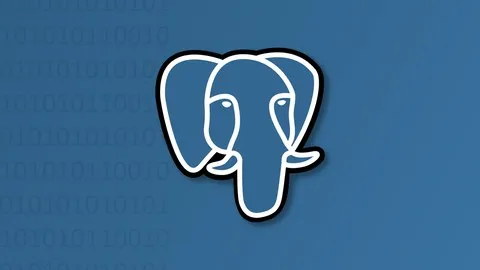
Intro To PostgreSQL Databases With PgAdmin For Beginners
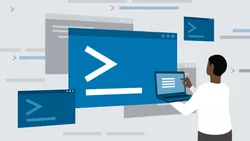
PostgreSQL: Client Applications

Mastering SQL using Postgresql

Database Design and Basic SQL in PostgreSQL
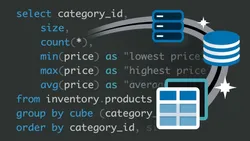
PostgreSQL: Advanced Queries

Spatial SQL with Postgres : A language for geographers

Learn SQL Using PostgreSQL: From Zero to Hero
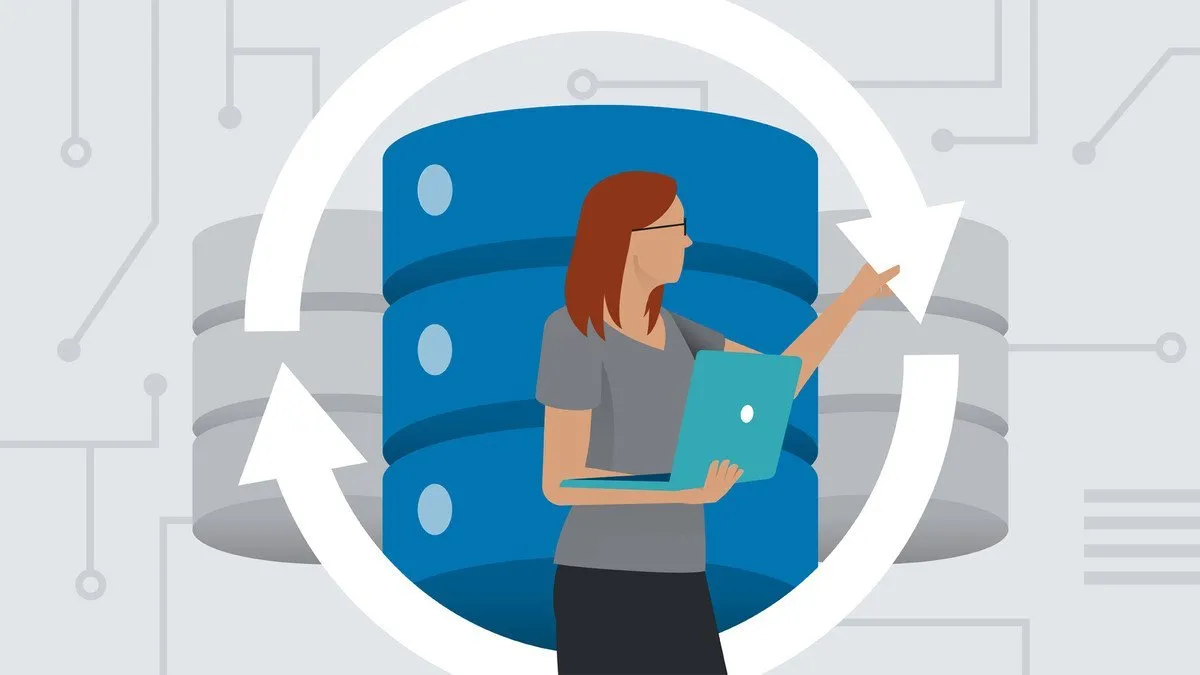
PostgreSQL Essential Training
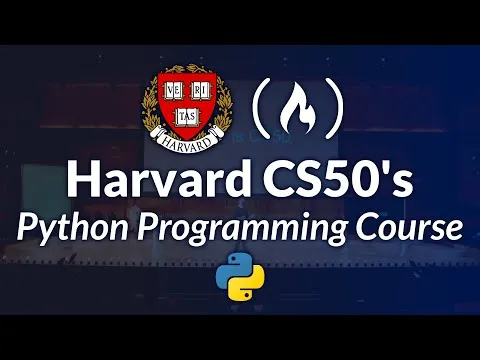

Start your review of Eclipse tips and tricks